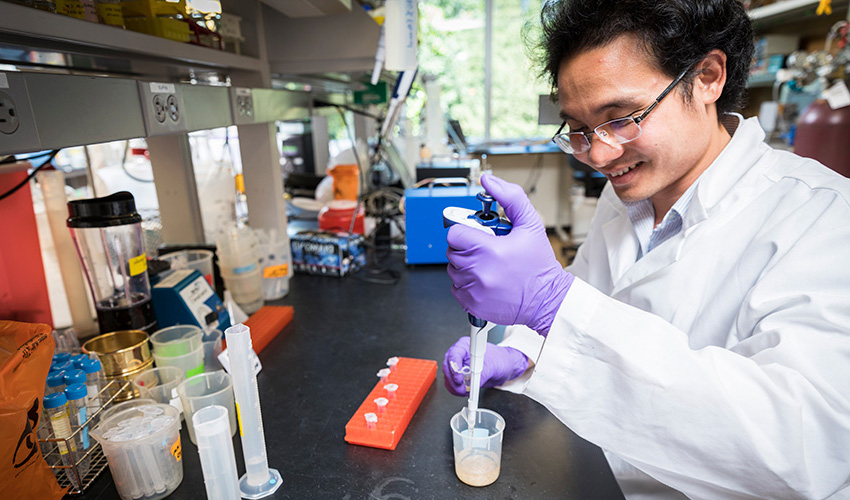Department of Civil & Environmental Engineering
2023-2027 Strategic Plan
Outcome 1
CEE budget includes increased funding to support and sustain program growth, including teaching assistants, staff for teaching labs, renewal and maintenance of lab equipment, materials, advising staff and more.
Key strategies
- Faculty determines desired levels of support.
- Work with College of Engineering to increase revenue-generating programs, including developing a market analysis to identify opportunities.
- Establish a revenue-increasing plan as well as spending priorities and fundraising strategies.
Outcome 2
Increased degrees/enrollment in key areas to provide Washington state and the nation with engineers that reflect the demographic profile of the state and meet specified targets.
Key strategies
- Identify and initiate strategies for faculty and student outreach to community colleges.
- Increase engagement with Direct to College (DTC) students by engaging 101 speakers, focusing on DTC engineering 101 courses in spring quarter, and offering tours of exciting CEE projects.
- Increase engagement with general engineering students — including improved marketing materials, engaging student organizations, and identifying a series of informative social events led by current students.
- Identify and address limitations on Bachelor of Science in Environmental Engineering cohort size.
- Identify current fellowship and opportunities for adding fellowships for supporting graduate student recruitment.
- Host department seminars/workshops on external fellowships.
Outcome 3
Engagement and participation in courses are strong (across all our programs, including our online graduate programs).
Key strategies
- Undergraduate and graduate education committees collaborate to develop and launch a survey to measure student engagement and outcomes.
- Continue monitoring and investigate if targets are not being met.
Outcome 4
All classes seek to foster diversity, equity, and inclusion in engineering problem-solving to solve society’s big problems, and all classes seek to employ classroom management that fosters an environment of equity and inclusion.
Key strategies
- Identify courses with diversity, equity, and inclusion content within CEE and other departments.
- Develop Program Educational Objectives.
- Introduce student training activity on groupwork in junior year to promote inclusive teamwork.
- Organize annual inclusive teaching opportunities and track diversity, equity, and inclusion curriculum content.
Outcome 5
Students learn from a curriculum that provides them with the core civil and environmental engineering skills, fundamentals, opportunities for practical experience, and the ability to apply new technologies and knowledge to solve Grand Challenge problems.
Key strategies
- Evaluate and update undergraduate and graduate Program Educational Objectives.
- Identify existing Program Educational Objectives data and hire an educational data analyst to support continued measurement.
- Increase industry capstone opportunities, in collaboration with the College of Engineering.
- Conduct a thorough annual review of department curriculum to align with outcome.
- Establish survey for employers of CEE students; continually assess data to identify shortcomings and necessary change.
